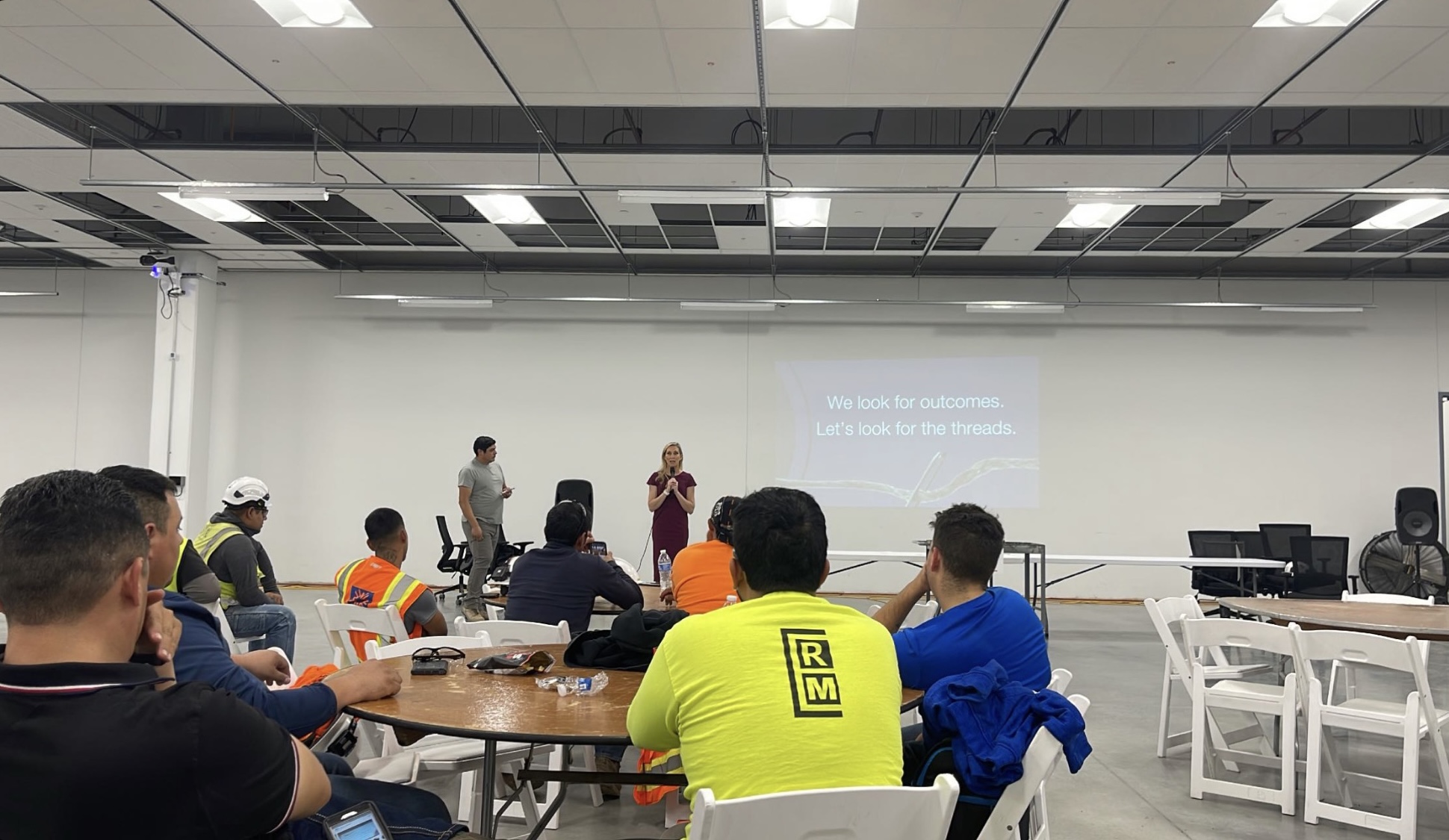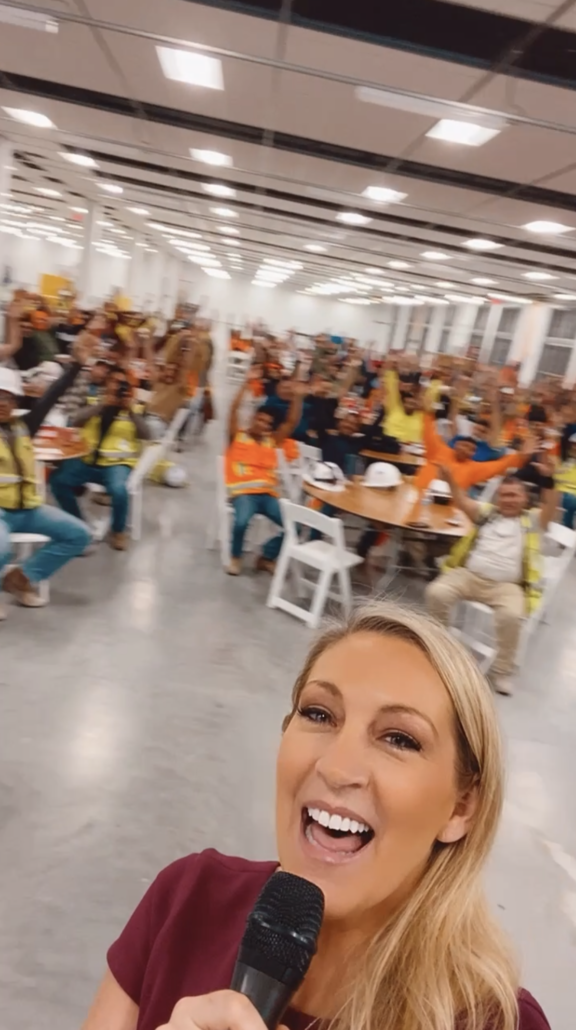Loneliness is the Latest Epidemic
A few days ago, the U.S. Surgeon General reported a new epidemic that’s been tearing through our country — loneliness.
When we think about an epidemic, it’s often regarding widespread infectious diseases that ignite panic, cause casualties, and trigger governmental response.
But what the Surgeon General is calling an “under appreciated public health crisis” affects about half of all U.S. people. The alarmingly progressive cases of loneliness have not been previously dealt with at this level but continue to pose extreme and deadly health risks to all of us.
When I saw the recent headline, my heart immediately sank. Silently, I didn’t want to admit it. But, truthfully, have you (or anyone you know) felt “lonely” at any point in the last few years?
Yeah. Me too.
Mulling this over, I knew I needed to write about it. Connection and psychological safety have always been of the utmost importance to me, not just personally, but also professionally. In order to create the best workplaces in the world, our offices must foster an environment that allows every employee to feel connected, safe and included. And if we aren’t doing that, humans aren’t able to offer their best work.
Here are some key takeaways from the longer report:
- Humans are wired for social connection, but we’ve become more isolated over time.
- Social connection significantly improves the health and well-being of all individuals.
- Social connection is vital to community health and success.
We all have a role to play in fostering social connection. So, what can you do to play your part personally or professionally?
How to Fight Loneliness in the Workplace
- Foster a culture of inclusivity: Take uncharted measures to ensure each team member feels welcomed, valued, and heard. Create lines for open communication and aspire for diverse perspectives.
- Create socially interactive opportunities: Provide ways for team members to socialize and connect beyond work-related tasks. This may include team-building activities, happy hours, volunteer days, and other creative activities.
- Take the time to celebrate: Recognizing and celebrating the accomplishments of teams and individuals show that even small wins count and have a big effect in the larger picture.
- Provide support for mental health: Offer resources and other means of support for team members who may be struggling with mental health issues. This can include access to mental health professionals, employee assistance programs, or other resources.
- Prioritize empathy: By showing empathy for team members who may be struggling at work or beyond. Simply listening is the first step in showing care and support.
How to Fight Loneliness in Your Personal Life
- Don’t wait, reach out: To overcome feelings of loneliness or help somebody who may harbor such feelings, it’s best to reach out instead of being reached out to for conversation. Even a few minutes of conversation can help people feel more connected.
- Join a group or a club: Finding like-minded people in groups or clubs is a great way to synergize creative interests. Taking the step to join might provide the right opportunity to meet new people and make meaningful connections.
- Practice self-care: Self-care takes many forms both physically and mentally. This may include exercise, eating well, sleeping long enough, and practicing mindfulness. But the first step in successful self-care is allowing yourself to do it.
- Seek professional help: If you’re struggling with persistent feelings of loneliness, isolationism, or depression, consider seeking help from a mental health care professional.
As always, I’m cheering you on. If you found this blog post helpful, please forward it on to anyone you think needs to hear it.
ABOUT THE AUTHOR
Shannon McKain is a motivational keynote speaker and a business consultant based in Dallas, TX. She has worked in almost all 50 states with audiences ranging from corporate executives to student leaders.
Looking for a keynote speaker or consultant who can speak on these issues with expertise? Let’s chat!







